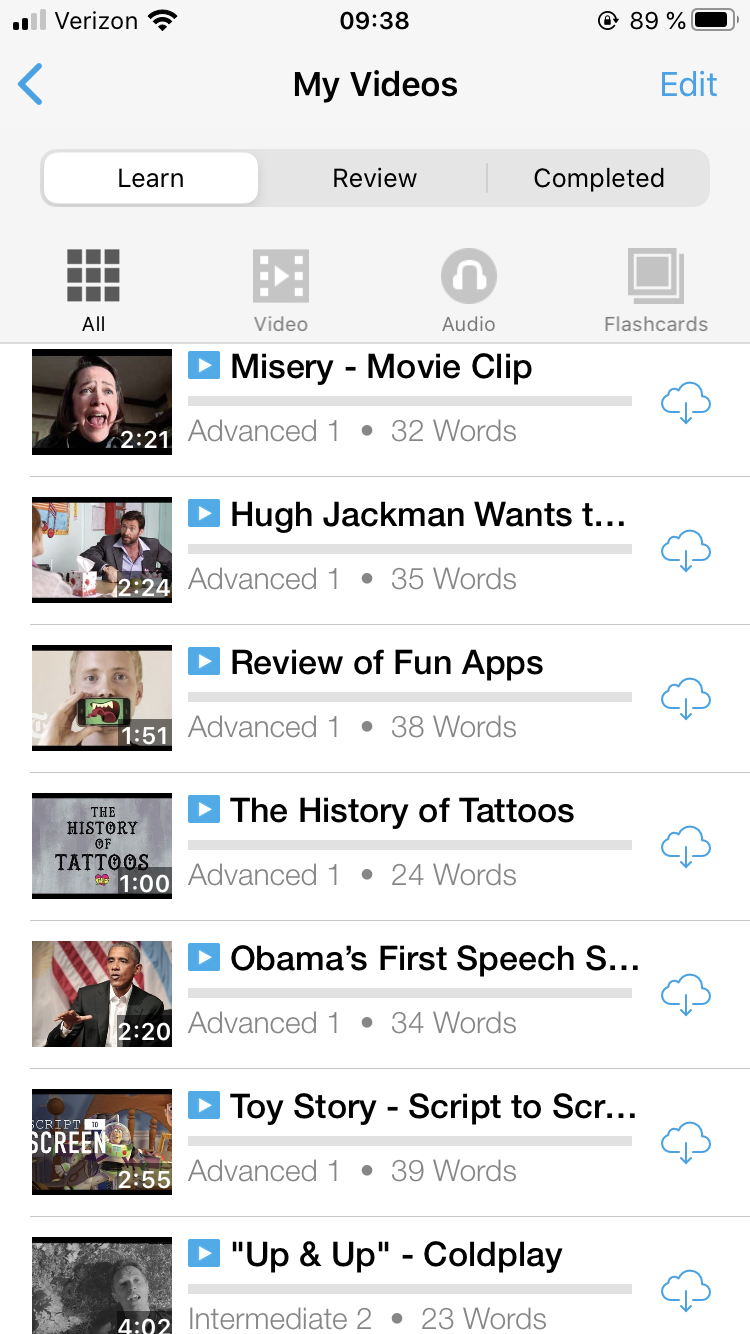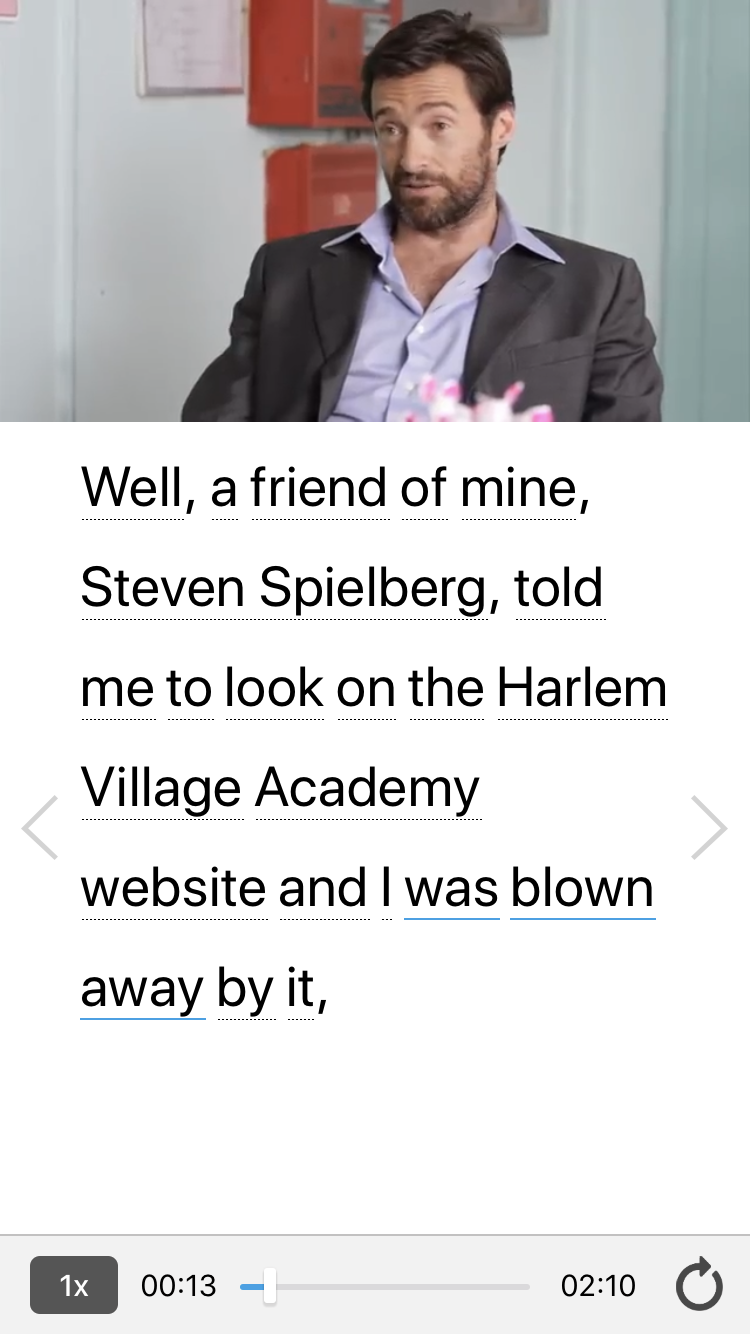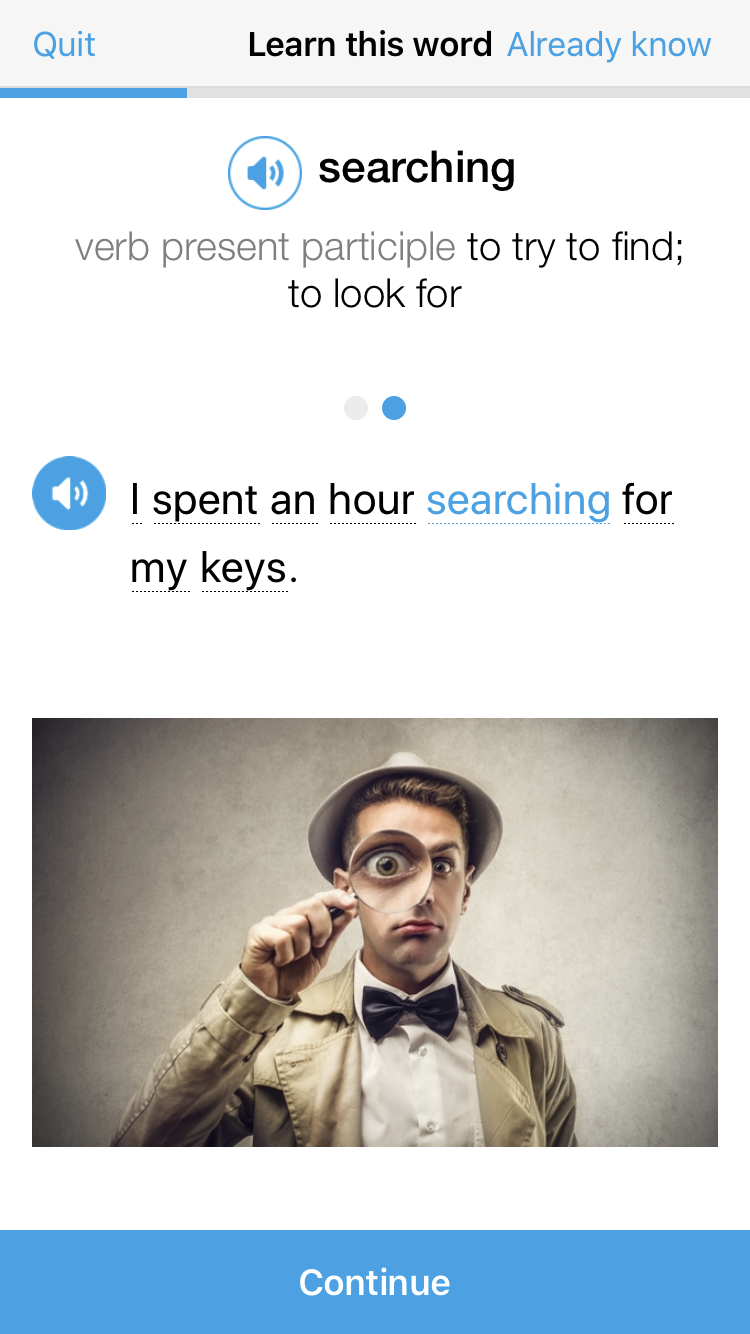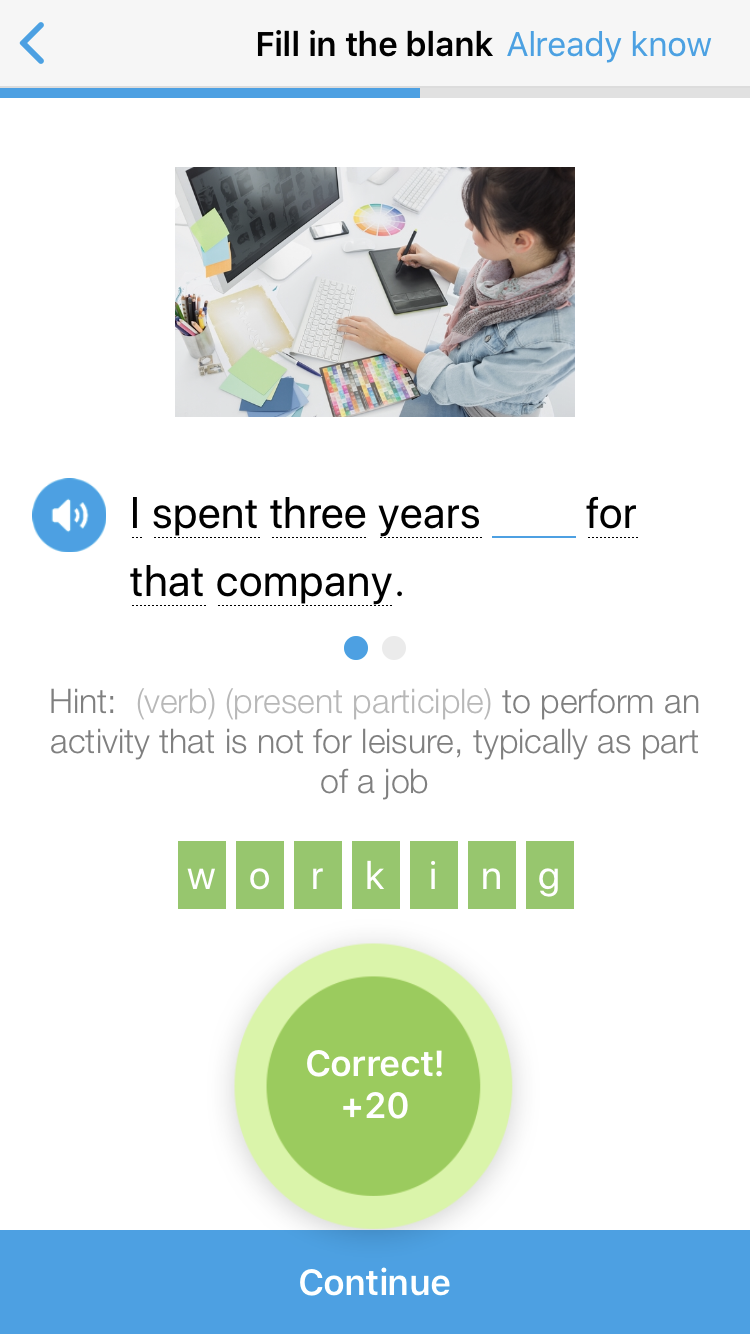What Is the Beginning Blend in the Word Plane
Want your English speech to be as smooth as peanut butter?
Then we had better tell you about consonant clusters in English.
These little letter combinations will help your English speech flow flawlessly.
And they are everywhere—we have already used several just in these four sentences!
You might already know that the English alphabet has five vowels, "A," "E," "I," "O" and "U."
The rest of the letters are consonants.
When you combine two or three consonants together, it creates a consonant cluster (also called a "consonant blend"). These consonant clusters make a distinct sound that can sometimes be difficult for language learners to master.
So in this article, we will teach you some of the most common English consonant clusters and how to pronounce them.
We will give you plenty of examples from real English native speakers so you can make the sounds the right way from the start.
Download: This blog post is available as a convenient and portable PDF that you can take anywhere. Click here to get a copy. (Download)

How to Practice Consonant Clusters
As you will see in this article, some of the consonant clusters require lots of practice, especially if the sound they make does not exist in your native language. It could be something completely new to you. So be sure to practice daily.
We will give you example words for each of the consonant blends, but you can also try to look for other words that have them and check their meanings as well. Do this when you are reading in English, watching English TV or completing your homework if you are in an English class. In this way, your English vocabulary will expand along with your English speaking and pronunciation skills.
FluentU is the best resource to hear consonant clusters in real English conversations.
FluentU takes real-world videos—like music videos, movie trailers, news and inspiring talks—and turns them into personalized language learning lessons.
If you click or tap any word in the subtitles, FluentU will automatically pause the video to play a native pronunciation of the word and show you its definition.It is a fantastic way to develop native-sounding pronunciation, all while enjoying fun videos that English speakers actually watch!
Want Smooth English Speech? Master These Common Consonant Clusters in English
1. Consonant Clusters with "P"
P + L = PL
You will see this consonant blend at the beginning of many English words (when consonant clusters appear at the beginning of a word, they are called "initial clusters" or "initial blends").
Voice out the "P" to sound like "puh," and combine it with the "L" sound, which is pronounced by holding your tongue between your front teeth and letting go.
Common words that start with the "pl" consonant blend are: please, plane and plate.
"Please pass me the plate." This is definitely something you would say at the dinner table.
"I have to catch a plane." You will need this phrase whether you travel for business or for fun!
In this music video, you can hear and watch the singer clearly pronounce "pl" within the word "please."
P + R = PR
Now you already know how to make the "puh" sound for the letter "P!"
Unfortunately, "R" is one of the most difficult sounds to master in English. The back of your tongue should point upwards as you push air out. Here are more tips and exercises from an English speech expert.
Do not be disheartened—practice makes perfect!
As we have just hinted, common words that start with the "pr" consonant blend are: practice, print and press.
"Practice makes perfect!" You may have heard this very common English expression before. Keep practicing until you get it!
"Press the button to print the files." Whether you are a student or an office worker, you will hear and use these words frequently.
In this video, you will hear the famous basketball player Allen Iverson say the word "practice" more than 20 times. You should understand how to pronounce it yourself by the end!
2. Consonant Clusters with "S"
S + L = SL
It is easy to pronounce the "S" sound. Just push air out with your tongue pointing up to sound like "sss." You will find yourself hissing like a snake now!
Now we will add the "L" sound to the word by placing your tongue between your front teeth again, as we just practiced above, before letting go.
Common words that start with the "sl" consonant blend are: slow, slide and sleep.
"I am going to sleep now."
"Go down the slide slowly!" As you take a stroll along the playground, you might hear a concerned mother telling her child this.
The video below was created specifically to teach the "sl" sound, so it is super helpful.
S + M = SM
This consonant blend also starts with "S" so, again, we start it off with the "sss" hissing sound.
To add in the "M" sound, press your lips together before releasing the air through your nose. Together, it forms the "sm" sound.
Common words that start with this consonant cluster are: smile, small and smell.
"She smiled as she saw the small flowers and smelled them." In this short sentence, we have three words from the same consonant blend.
Watching Phoebe's famous song "Smelly Cat" from the TV show "Friends" is a fantastic way to see and hear a native English speaker pronounce this sound.
3. Consonant Clusters with "G"
For this set of consonant blends, we will need some letters we have already looked at: "L" and "R."
However, let us focus on the pronunciation for "G" as it can be tricky and confusing at times.
The letter "G" is often pronounced with a soft "juh" sound (like in the wordgym or the name George). However, for these two consonant blends, the "G" letter has a hard "guh" sound instead.
This video can help you hear the difference.
G + L = GL
Once you have established the differences and understand the "G" pronunciation, put it together with the "L" sound again.
Common words that start with the "gl" consonant blend are: glass, glide and glow.
"The glass is glowing." When something is glowing, it is shining brightly!
"The ship glides through the waters." This phrase describes the ship sailing smoothly atop the waters.
In this song, you can clearly see the singer pronounce the "gl" consonant cluster as she repeats the word "glamorous" over and over.
G + R = GR
I hope you have not forgotten the very important "R" sound! Now we can combine it with "G" here.
Practice saying it aloud five times.
Common words that start with the "gr" consonant blend are: great, grab and group.
"Great job!" When someone has done well, say, "Great job!" to encourage them. Since you have been practicing the consonant blends diligently, great job to you as well!
"I always grab a coffee before I go to work." If you are someone who needs a daily dose of coffee before you can function properly, do keep this sentence in mind.
"Please stay with your group when you are with a holiday tour." Do not get lost by yourself! It is very important to stay with your group when overseas.
Check out this video full of "gr" words from Jet English.
4. Consonant Cluster with "T"
T + W = TW
The "T" sound in this consonant cluster is formed by pressing your tongue to the back of your front teeth and then releasing. Try combining it together with the "W" now, which is a "wuh" sound made by rounding your lips together to form a small circle.
Common words that start with the "tw" consonant blend are the numbers two andtwelve.
"It is two o'clock already?! I thought it was onlytwelve o'clock!" Practice the words with the "tw" consonant blend when telling the time daily.
This video will show you many more words that use the "tw" consonant blend.
T + R = TR
Similarly, start with the "T" sound, followed by the "R" sound that we covered previously.
Now that you have been practicing the "R" sound repeatedly, you should definitely be getting better!
Common words with the "tr" consonant blends are: train, try and true.
"I will try to take the train today." Perhaps you are someone who drives to work daily, but you are going to try to take the train this time to cut down on pollution.
"What she said is true!" You can say this if you are helping a friend to confirm the truth.
You will hear the "tr" consonant cluster (in the wordtrouble) over and over again in this scene from the musical "The Music Man."
Now that you have made it to the end of the page, you have already grasped a significant number of consonant blends that are the starters for thousands of words!
Congratulations!
Whether you're a beginner or an advanced learner of English, consonant clusters are a great way to improve your English communication skills.
Download: This blog post is available as a convenient and portable PDF that you can take anywhere. Click here to get a copy. (Download)
And One More Thing...
If you like learning English through movies and online media, you should also check out FluentU. FluentU lets you learn English from popular talk shows, catchy music videos and funny commercials, as you can see here:

If you want to watch it, the FluentU app has probably got it.
The FluentU app and website makes it really easy to watch English videos. There are captions that are interactive. That means you can tap on any word to see an image, definition, and useful examples.

FluentU lets you learn engaging content with world famous celebrities.
For example, when you tap on the word "searching," you see this:

FluentU lets you tap to look up any word.
Learn all the vocabulary in any video with quizzes. Swipe left or right to see more examples for the word you're learning.

FluentU helps you learn fast with useful questions and multiple examples. Learn more.
The best part? FluentU remembers the vocabulary that you're learning. It gives you extra practice with difficult words—and reminds you when it's time to review what you've learned. You have a truly personalized experience.
Start using FluentU on the website with your computer or tablet or, better yet, download the FluentU app from the iTunes or from the Google Play store.
If you liked this post, something tells me that you'll love FluentU, the best way to learn English with real-world videos.
Experience English immersion online!
What Is the Beginning Blend in the Word Plane
Source: https://www.fluentu.com/blog/english/consonant-clusters-in-english/